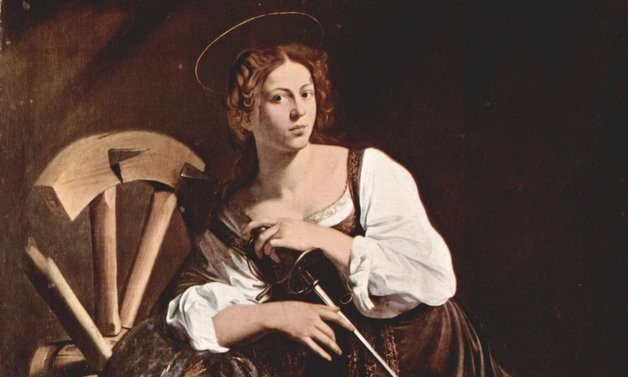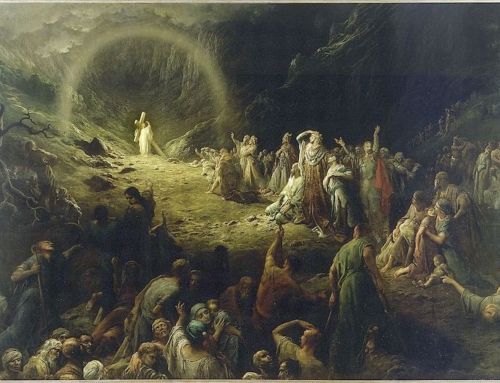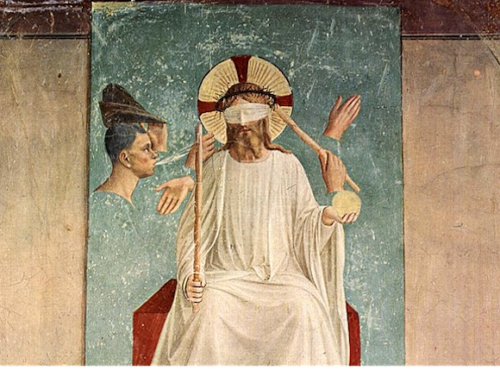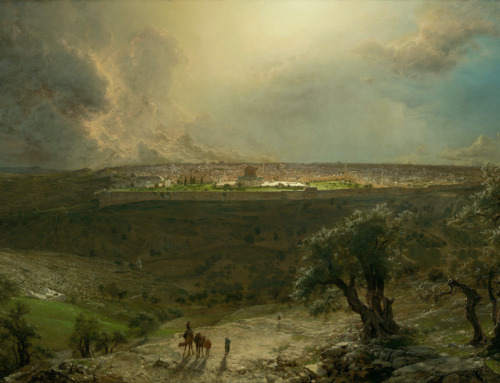The Church of St. Catherine of Alexandria was one of the first Catholic Churches built in Russia. It is an old and large church located on Nevsky Prospect in the heart of St. Petersburg. Founded in 1710, the current building was completed in 1783.
The parish is dedicated to St. Catherine of Alexandria, the patroness of the then-reigning Russian Empress, Catherine II “the Great.” The patronage of St. Catherine of Alexandria would become very important. Just as this virgin was tortured and broken on the wheel by the Romans rather than give up the faith, so, too, would many Catholics in the early Soviet Union suffer for the faith. A book cataloguing the Catholic martyrs under the Soviet Union runs over 750 pages, listing all those priests, religious, and lay faithful, known to have been killed, suffered imprisonment, and/or sent into exile on account of the faith. The actual number of lay faithful that suffered under the Soviet regime is most likely higher, because religion may not have been the primary reason they were arrested.
The building itself suffered two fires during the Soviet period, which were actually a blessing in disguise, as the fires prevented the building from being turned into a museum or a concert hall. When the building was returned to the Church after the fall of the Soviet Union in early 1992, daily Mass was reinstituted almost immediately, and the long process of restoration began (a restoration still in progress today). Early on, the decision was made not to restore or remove the damaged side-altars, but to keep them as a monument to the sufferings of the faithful during the Soviet period.
Hanging above the damaged altar in the east transept is the original high altar crucifix. After the French priests who cared for the parish from 1923 were expelled in 1938 and the building closed, 19-year Sophia Stepulkowska entered the ransacked church and took this crucifix home. The crucifix is quite large (at least 6 feet tall) and the personal risk that Sophia took by storing it in her own home for almost two years cannot be underestimated. It is a miracle that no harm came to Sophia and her family, and that they were spared imprisonment. In 1940 the crucifix was handed over to the single remaining open Catholic church in the city, which preserved it from destruction during the Siege of Leningrad. In 1992 it was finally returned to the newly reopened St. Catherine’s.
Looking at this ruined altar and crucifix, one sees most of the masonry bricks, with only some pieces of marble remaining. And yet even with its run-down state, it is beautiful, and outside of Lent there are always green plants and flowers on and around the altar. Despite the destruction and persecution, new life continues to rise up. Our faith can flourish and grow today because of the work and sufferings of those who came before us, those who lived their faith in spite of opposition and challenges, even to the point of imitating Christ completely by surrendering one’s life rather than one’s faith. But the Martyrology listed above is not limited merely to those who died – all who suffered for the faith are included. They are examples to us to live our faith despite challenges and oppositions so that the flame of faith might remain alive for future generations.
As we journey through Holy Week, we are reminded more fully how the Church is built on the great sacrifice of Jesus Christ for us. He is the cornerstone of our faith. We are all called to be martyrs, to be witnesses to the faith, and to build our lives upon that sure foundation of Jesus Christ so that we too may have life.
St. Catherine of Alexandria, pray for us.
✠
Image: Caravaggio, Saint Catherine of Alexandria







